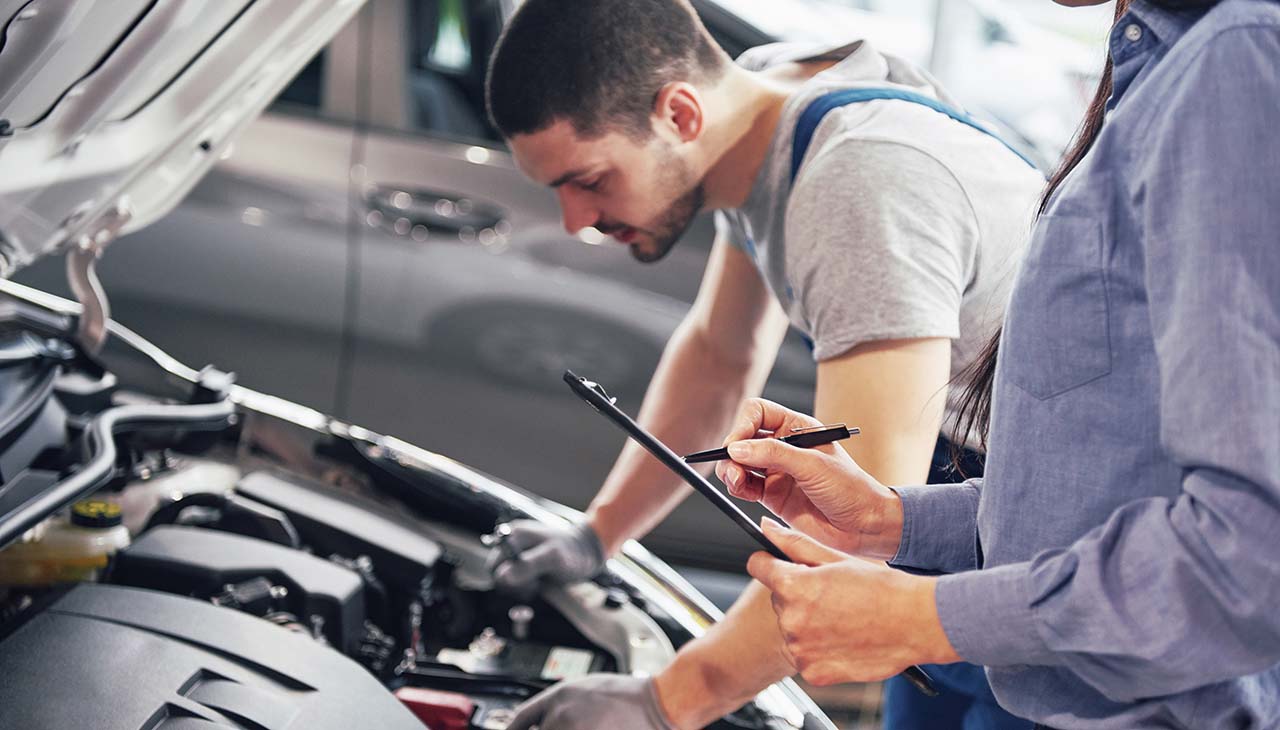Japanese cars are renowned for their reliability, efficiency, and innovative design. However, like all vehicles, they are not immune to mechanical issues. Understanding the common problems faced by owners of Japanese cars can significantly enhance the longevity and performance of these vehicles. This document aims to provide insightful solutions and preventative measures for the most frequent mechanical issues encountered. From engine troubles to electrical glitches, we’ll cover the essential maintenance tips and repair advice to keep your Japanese car running smoothly.
Engine Problems
Overheating
- Causes of overheating
- Insufficient coolant in the engine’s cooling system.
- Failure of the cooling system components, such as the water pump, radiator, or hoses.
- A malfunctioning thermostat that does not open when it should.
- A damaged or obstructed radiator that fails to dissipate heat adequately.
- Solutions and preventive measures
- Regularly check coolant levels and refill as necessary, ensuring the correct mix of coolant and water is used.
- Inspect the radiator, thermostat, water pump, and hoses regularly for signs of wear or damage and replace faulty components promptly.
- Ensure the radiator cap is in good condition to maintain proper pressure in the cooling system.
- Schedule periodic radiator flushes to remove sediment and rust that could hinder cooling efficiency.
Oil Leaks
- Common areas for oil leaks in Japanese cars
- Oil pan gasket and valve cover gasket are frequent leak points.
- The oil filter and oil drain plug may become loose or damaged over time, leading to leaks.
- Camshaft and crankshaft seals can deteriorate and cause oil to escape.
- Steps to detect and fix oil leaks
- Regularly inspect the aforementioned areas for signs of oil seepage or accumulation.
- Tighten or replace the oil filter and drain plug if they appear loose or worn out.
- Replace damaged gaskets and seals promptly to prevent further oil loss.
- Utilize UV dye in the oil system to identify the source of elusive leaks more easily. Fix detected leaks immediately to avoid engine damage.
Electrical System Malfunctions
Battery Issues
- Signs of a failing battery
- Dimming headlights and interior lights.
- Slow engine crank or failure to start.
- The battery warning light on the dashboard illuminates.
- Swollen or leaking battery casing.
- How to troubleshoot and replace the battery
- Test the battery voltage with a multimeter; a reading below 12.4 volts indicates a weak battery.
- Inspect the battery terminals for corrosion and clean them with a mixture of baking soda and water if necessary.
- Ensure the battery cables are tight and secure.
- If the battery fails the load test or is beyond its expected life span (typically 3-5 years), it should be replaced. Always wear safety gear and follow the manufacturer’s instructions when replacing a battery.
Faulty Alternator
- Symptoms of alternator problems
- Battery warning light on the dashboard or dimming dashboard lights.
- Devices not charging or electrical malfunctions within the car.
- Strange noises like whining or grinding coming from the alternator.
- The car suddenly stalls or has difficulty starting.
- Repair options and maintenance tips
- Use a multimeter to check the alternator’s output; it should be between 13.8 and 14.2 volts when the engine is running.
- Inspect the alternator belt for wear and tension; replace or adjust as needed.
- Clean the alternator connections to ensure efficient power transmission.
- If the alternator fails the tests, it’s best to have it replaced or rebuilt by a professional. Regularly inspecting and maintaining the alternator can prevent future electrical system failures.
Suspension and Steering Troubles
Uneven Tire Wear
- Reasons for uneven tire wear in Japanese cars
- Inappropriate tire pressure leading to either over-inflation or under-inflation.
- Misaligned wheels causing uneven distribution of vehicle weight on the tires.
- Worn out suspension components affecting the car’s ride quality and tire angle.
- Failure to rotate tires regularly, resulting in disproportionate wear patterns.
- Alignment and maintenance practices to prevent this issue
- Regularly check and adjust tire pressure according to the manufacturer’s specifications.
- Schedule wheel alignment services annually or after hitting a significant bump or pothole.
- Inspect suspension components for wear and replace if necessary to maintain proper vehicle geometry.
- Rotate tires every 5,000 to 8,000 miles to ensure even tire wear across all four tires.
Steering Wheel Vibrations
- Causes of steering wheel vibrations
- Imbalanced tires causing uneven rotation and vibrations felt through the steering column.
- Misaligned wheels producing a shaky steering experience, especially at high speeds.
- Worn or damaged steering or suspension components, such as tie rods, ball joints, or bearings.
- Brake rotor issues, including warping or degradation, affecting the vehicle’s stability and steering.
- Solutions to address this issue effectively
- Balance tires regularly to ensure even weight distribution across all wheels.
- Perform a wheel alignment to correct any discrepancies in the vehicle’s wheel positioning.
- Inspect and replace any worn steering or suspension parts to restore proper function and reduce vibrations.
- Check brake rotors for wear or damage and replace them if necessary to ensure safe and smooth braking.
